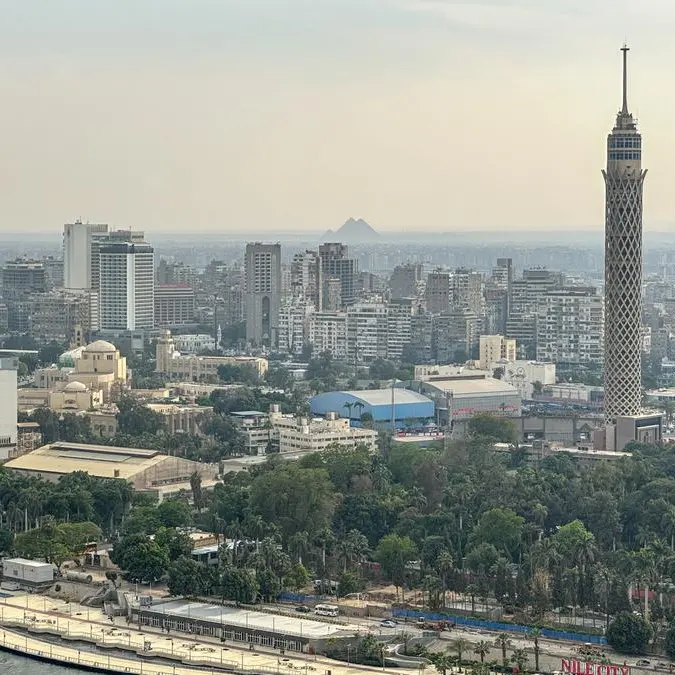PHOTO
The Australian government on Thursday said it expects dry weather and low livestock prices to reduce average farm incomes by 41% in the 2023–24 financial year, taking them back to levels last seen three years ago.
Australia is a major producer and exporter of farm products from wheat and barley to beef and sugar, and agriculture accounts for around 2.5% of the country's economic output.
Three years of plentiful rainfall raised crop production and the value of agricultural exports to record highs.
But the country is now in the grip of an El Nino weather event that has brought dry and hot conditions, stunting crop development, damaging pastures and pushing down cattle and sheep prices.
Average cash income per broadacre - or large-scale - farm is expected to fall to A$197,000 ($125,000) from a record-breaking A$350,000 in 2021-22 and A$332,000 in 2022-23, the Australian Bureau of Agricultural and Resource Economics and Sciences (ABARES) said in a report.
"Reduced prices for agricultural commodities, particularly livestock, and declines in crop production due to drier conditions are the main drivers of forecast falls," it said.
Average incomes nationwide will still remain above their levels in recent drought years such as 2019-20, ABARES said.
But it forecast below-average profits for parts of northern New South Wales and southern Queensland, where dry weather has damaged crops, and for parts of southern Victoria, Tasmania, Southern and Western Australia hit by dryness and declining sheep, lamb, and wool prices.
ABARES also said its estimates may prove too high because cattle and sheep prices have fallen further since it compiled them last month.
A little over half of Australia's farmers expect the country's agricultural output to grow over the next decade, with optimism in short supply among livestock farmers particularly, a survey published on Wednesday showed. ($1 = A$1.5718)
(Reporting by Peter Hobson; Editing by Varun H K)





















